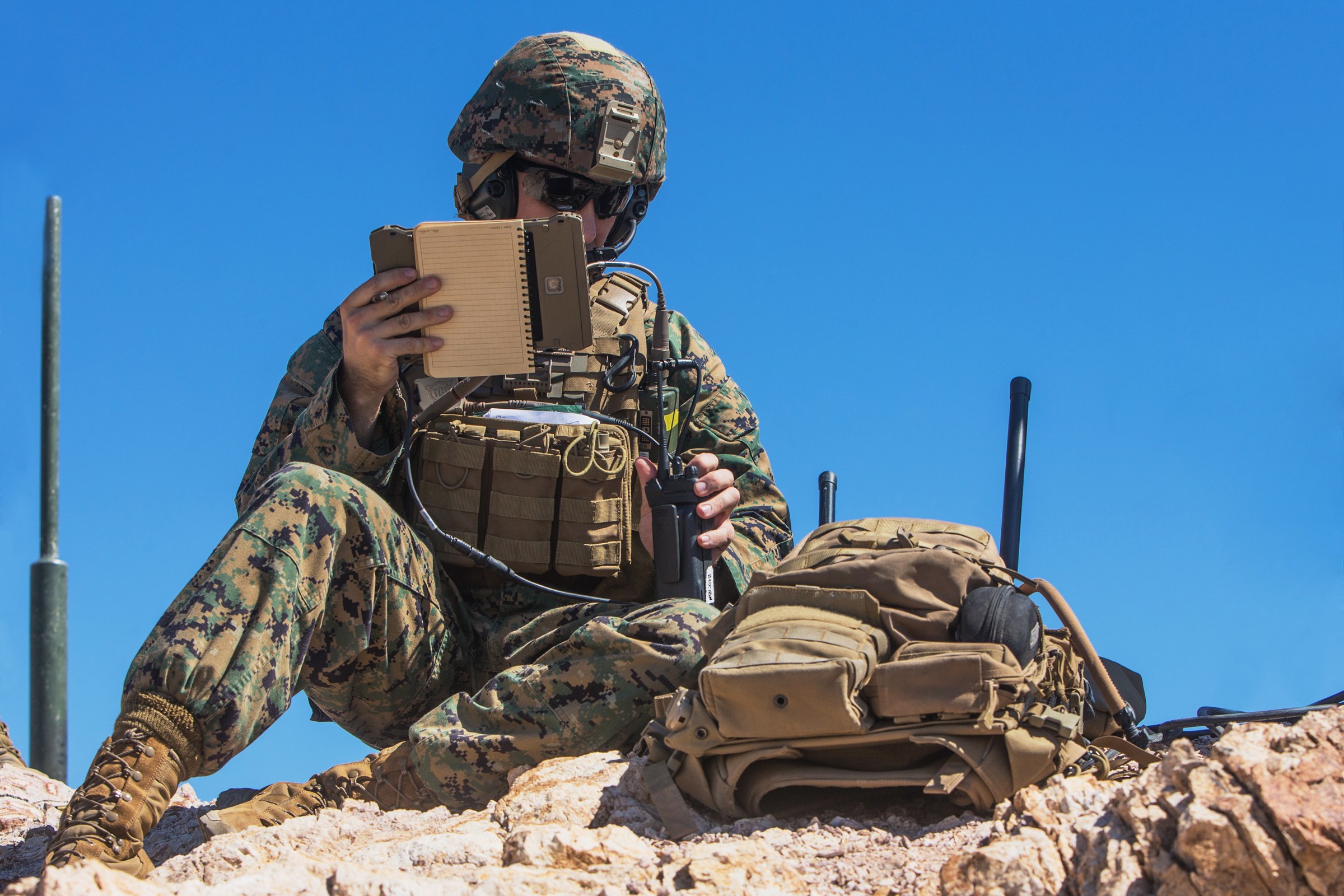The Perils of Distracted Fighting
https://www.ispeech.org/text.to.speech
“We lost almost the entire patrol,” said the lieutenant. “It was horrific.”
“We walked right into an enemy ambush,” he continued. “They easily picked my men off, one by one, because they were looking at their screens.”
Thankfully, the young lieutenant was not describing an actual firefight from Iraq or Afghanistan. It was a recent live-action simulation that used laser tag-like equipment and new tablet devices that display maps, live drone footage, and other critical information. But if the military doesn’t recognize the threat of soldiers distracted by the buzzes and whistles of the latest technology, real lives could soon be lost.
WIRED OPINION
ABOUT
John Spencer (@SpencerGuard) is the chair of Urban Warfare Studies for the Modern War Institute at the United States Military Academy.
As the US military pivots from people-centric counterinsurgencies in Iraq and Afghanistan, they are making historic investments in researching and testing new technologies. For the ground forces, many of these devices seek to help the Army soldier or Marine understand the environment around them, see the enemy before they see them, and connect them to vast amounts of weapons, eyes in the sky, and other real-time information. Experiments with new technologies are not new, but there is a renewed vigor to modernize the military with increased budgets, new threats, and new imagined battlefields against technologically equipped foes like China and Russia.
Never mind soldiers for a second. Pedestrians glued to their handhelds have become a public hazard in major cities, a distracted bulls-eye for cars in crosswalks. Since the ubiquitous explosion of cellphones in the US, emergency room visits for pedestrian injuries tripled between 2004 and 2010 alone, and some cities have gone as far as making texting while crossing the street illegal.
Imagine the peril one might face in a war zone. War overwhelms every sense in the body. Fighting in urban environments, “combat in hell,” is the worst place to make war. Soldiers are exposed to extraordinary environmental stimuli and potential threats that research has shown makes simple acts, such as walking down the street, extremely stressful on the mind and body. Every window holds a potential sniper, every pile of trash an improvised explosive device. Each soldier on a patrol is expected to be scanning for threats, observing the world around them. Now picture a group of soldiers walking down the street where most are looking into their chest- or wrist-mounted smartphones.
It is easy to see why the military would want soldiers to have smartphones. In combat, sharing and gathering information—an enemy location, the presence of civilians, availability of a precision weapon—could mean life or death. Some believe the smartphone could reshape the very character of the modern battlefield.
To be sure, handheld devices in combat aren’t new. Smartphones have seen combat in Iraq and Afghanistan. Initially they were tested with elite formations like Special Forces and then more general formations. New experiments are pushing the envelope of providing more and more soldiers with the latest supercharged smartphones.
Having served 25 years and two combat deployments to Iraq in the infantry, I’ve watched the societal impact of smartphones infiltrate the military. Now, whether new soldiers at a unit or cadets at the world’s preeminent military academy on a break in training, I see them reach for their phone and escape to a virtual world in any free moment—even though researchers have linked excessive screen time to declines in young adults’ subjective well-being. There’s no real harm in this besides a society becoming both more connected and isolated at the same time. But in war this will get soldiers killed.
The pursuit of technological advancements in the military is as old as war itself. Militaries are always looking for the next innovation to give them the edge. The ability of German troops to be reached by radio walkie-talkies is what allowed its Panzer divisions to wreak havoc against Allied forces. Yet many of today’s technologies are custom-designed to distract, not just provide real-time information.








Gloss